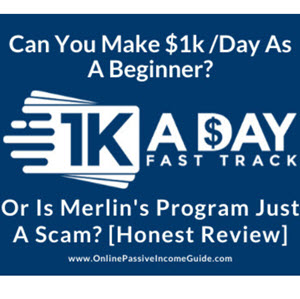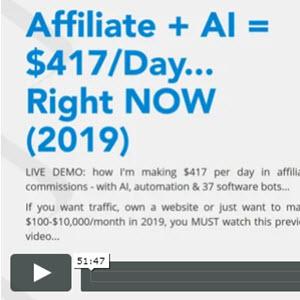Customer acquisition
Customer acquisition involves techniques used to form relationships with new customers leading to a sale. It involves using marketing communications to convert potential customers into actual customers. Figure 2.5 shows the well-known funnel model applied to web marketing. This model, which applies particularly well to B2B permission marketing, shows how e-marketing is used to gain new customers. The web site is at the heart of this model as a lead-generation tool. Lead generation happens as prospects become registered site visitors in response to offers on site, such as a free newsletter or web seminars in return for providing their contact details and profile information. For this lead-generation tool to work to maximum effect, it first needs as many targeted visitors as possible. This is where a range of e-marketing techniques is used to drive suspects to the site. Once on site, the site design and offers should be constructed to maximise capture of customer details. A combination of traditional sales and e-mail follow-up is used to convert leads into sales.
Customer acquisition can have two meanings in an e-mail marketing context. The obvious meaning is the use of the web site to acquire new customers for a company as qualified leads that can be converted into sales. However, organisations should also actively encourage existing customers to engage in online dialogue. Many organisations concentrate on the former, but where acquisition is well-managed, campaigns will be used to achieve conversion or migration of offline customers to
E-marketing reach
Site visitors
Registered visitors
Suspects
Unqualified prospects
Qualified leads
Purchasers Customers
Figure 2.5 The funnel model applied to e-marketing online customers. The online dialogue referred to, in practice, means encouraging customers to use web-site services and also encouraging communications by e-mail. There are several benefits in converting existing offline customers to online customers. First, services and communications delivered online will be cheaper. For example, American Express developed a 'Go Paperless' campaign to persuade customers to receive and review their statements online rather than by post. Phone bank First Direct uses call-centre representatives to persuade customers of the benefits of bypassing them by reviewing their statements online and communicating using a secure messaging service. Customers also gain a service with better rates. Secondly, it can be argued that once online customers are using what are hopefully more convenient online services, there will be some degree of lock-in. Once you have learned how to use one online service, why go to the bother of learning another unless there are some serious failings in your current service. Finally, we can also argue that online customers will have initiated permission marketing, so they will have agreed to receive communications, and these should be more relevant to the customers' requirements.
Was this article helpful?

